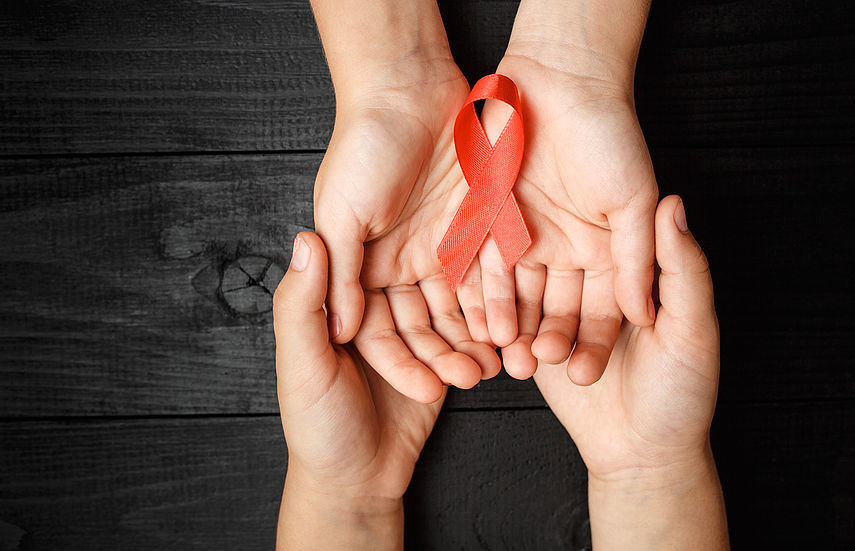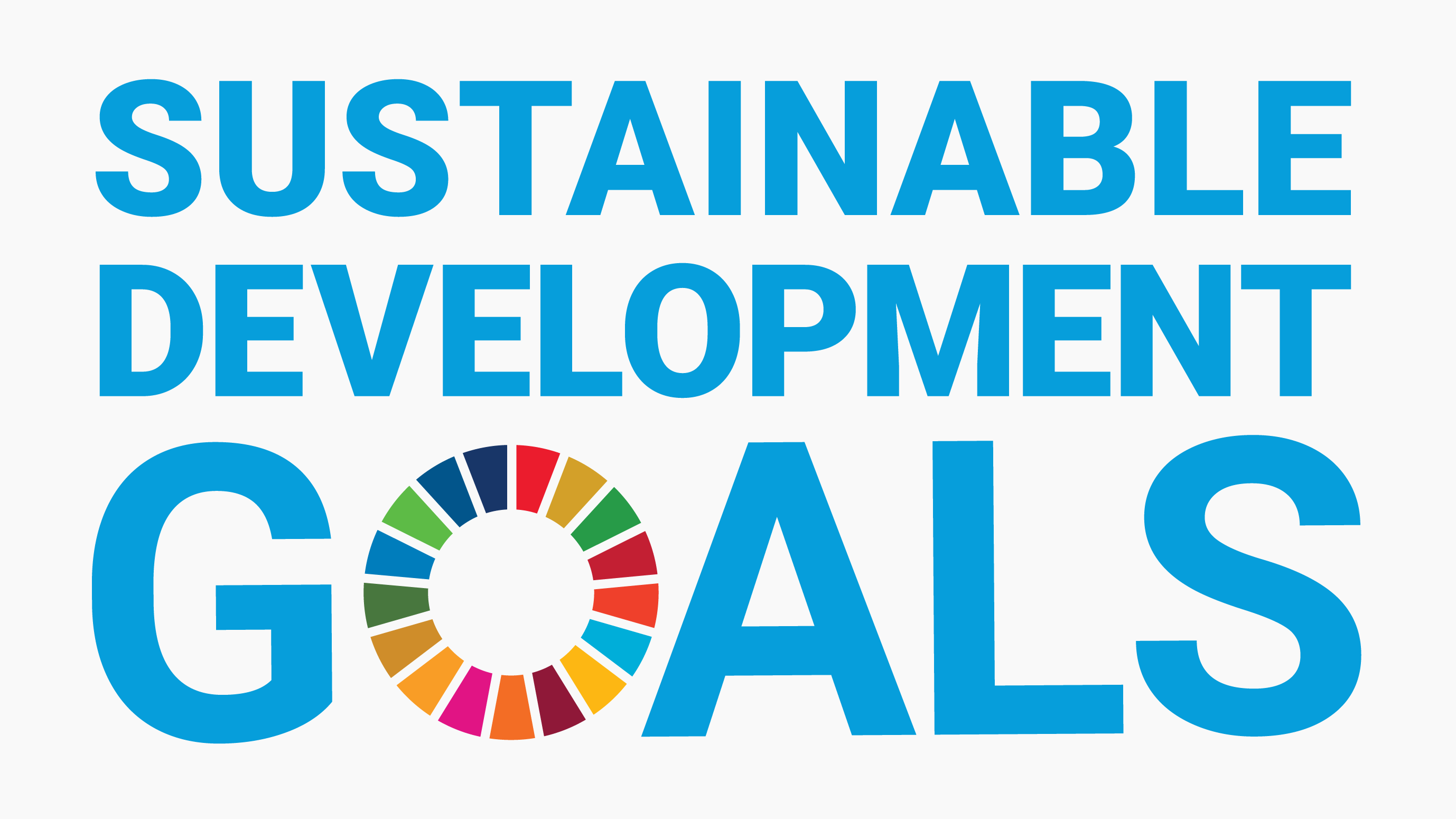Current prevalence and prevention strategies of HIV infection in adolescents

Adolescents are at the stage of transition from children to full adults, with mature sexual physiology and imperfect sexual psychology, and have unique physical and psychological characteristics that make them prone to unsafe sex, thus increasing their own risk of HIV infection. WHO and UNAIDS in the 2015 Global Standards for Quality Health Care Services for Adolescents state "HIV infection is the leading cause of death among adolescents in Africa and is also the second leading cause of death among adolescents globally."
The global HIV epidemic among adolescents and young people is unevenly distributed, with more than 80.0% of HIV-infected people in sub-Saharan Africa, where about 1.7 million adolescents are HIV-infected, and 170,000 adolescents are infected in Uganda alone; at the same time, the number of HIV-infected people in this population has increased due to low awareness of their infection status and low treatment adherence among adolescents in the region. The number of HIV infections among adolescents in the Asia-Pacific region showed an upward trend from 2005-2014, increasing to 220,000 in 2014, with more than 50,000 infections among 15- to 19-year-olds. In India, more than 30.0% of HIV-infected individuals are youth, and this population accounts for 35.0% of new HIV infections. In Myanmar, the prevalence of HIV infection among young people is more than 1.5%. In Thailand, young people with HIV account for more than 10.0% of all HIV infections and are also the age group with the highest rate of new HIV infections. Thus, HIV infection in adolescents and young adults should be taken seriously.
Adolescents are mainly infected through sexual transmission. Young people have open sexuality and are prone to unprotected sex and casual sex, leading to HIV transmission. Adolescence is the best period for shaping gender and sexual concepts, so we should carry out gender role education and comprehensive sex education based on family, school and community, popularize knowledge of sex and reproduction and HIV prevention and treatment, and guide adolescents to develop a healthy lifestyle, understand the transmission channels of HIV and self-protection measures.
Comprehensive sex education in schools can significantly improve adolescents' ability to understand HIV, refuse unwanted sex, and use condoms, and can help delay sexual debut and increase condom use, thereby reducing HIV transmission and unintended pregnancies. An increasing number of adolescents in high-prevalence areas are beginning to receive comprehensive sex education. In sub-Saharan Africa, at least 40% of secondary schools in 12 countries have begun to provide sex education, yet most do not include important human rights and gender dimensions. Comprehensive sex education programs should focus on gender rights education and be five times more effective than other programs, especially in reducing the incidence of unintended pregnancies and HIV and other sexually transmitted diseases. In addition, HIV-related information and education can be provided through social and new media channels on the Internet, which are popular among adolescents, to increase awareness of proactive HIV testing and counseling.
There are fewer studies on the association between HIV risk perception and HIV susceptibility in adolescents and young adults, and fewer studies on perspectives that are still divergent in research, and we will strengthen further research on these issues in order to reduce the risk of HIV infection in adolescents and young adults.
About Us
Institute of International Exchange is an international non-governmental and non-profit organization. We hope to build an equal and friendly platform for exchanges and cooperation around the world.
© 2023 Institute of International Exchange




